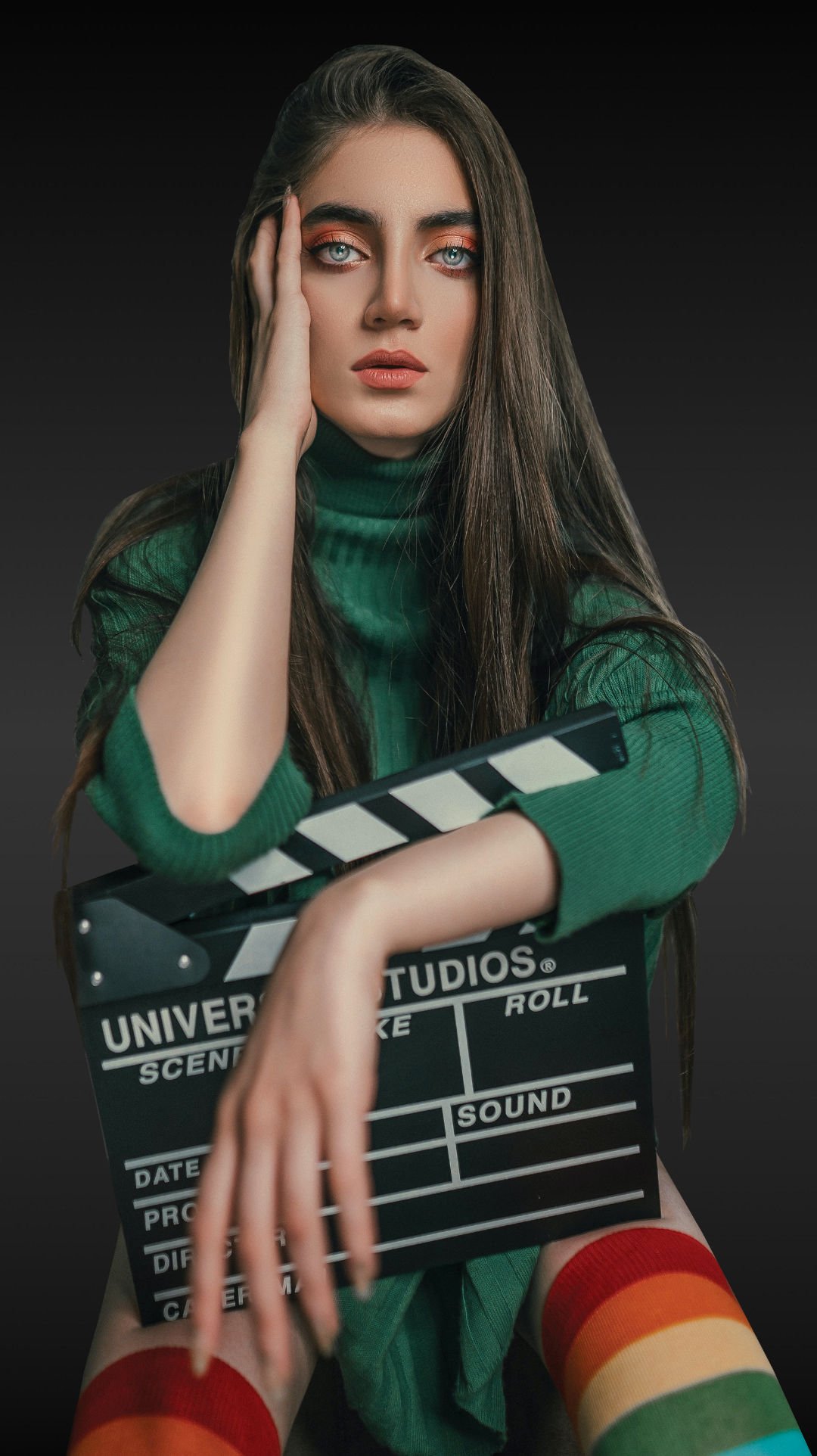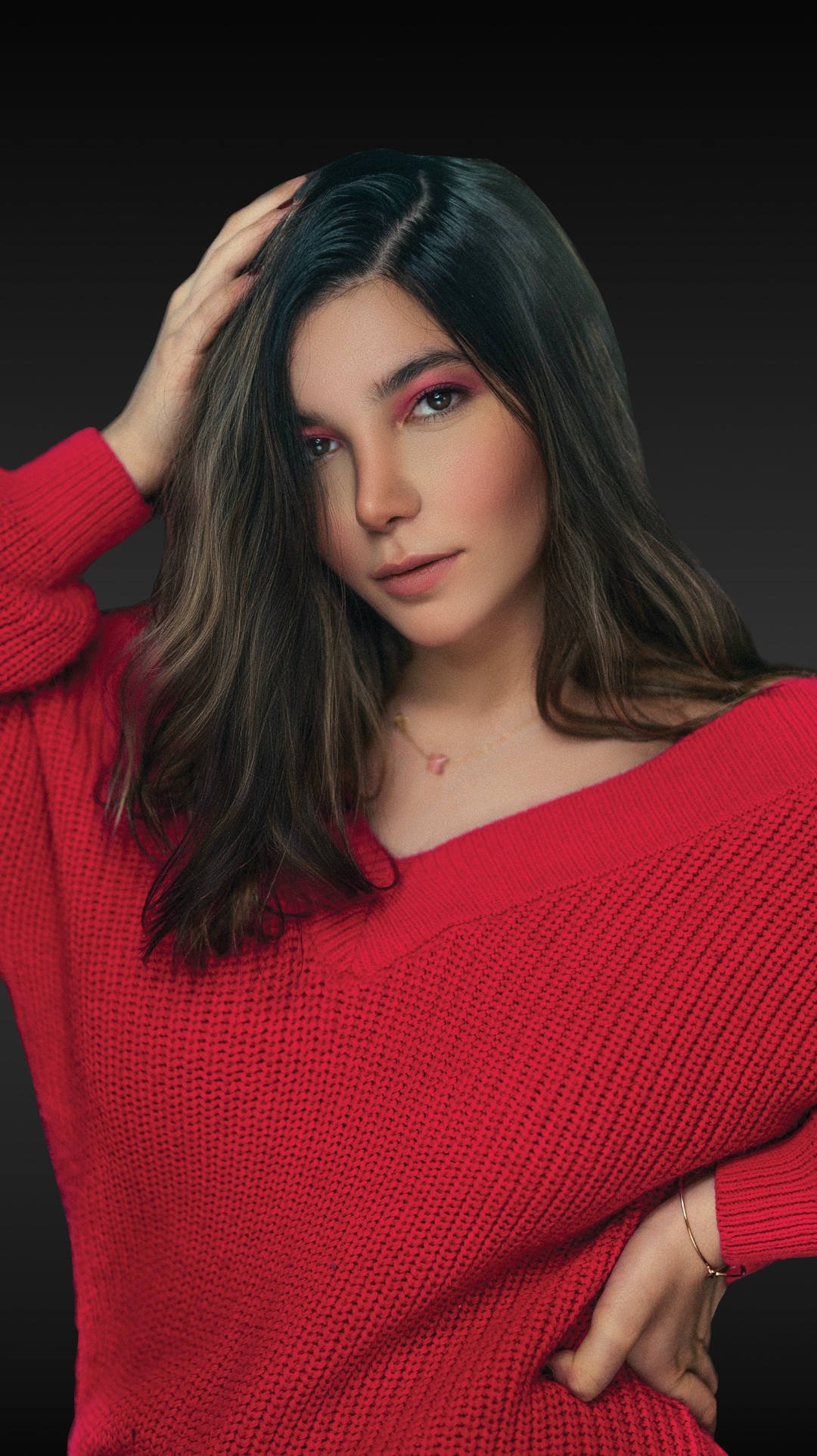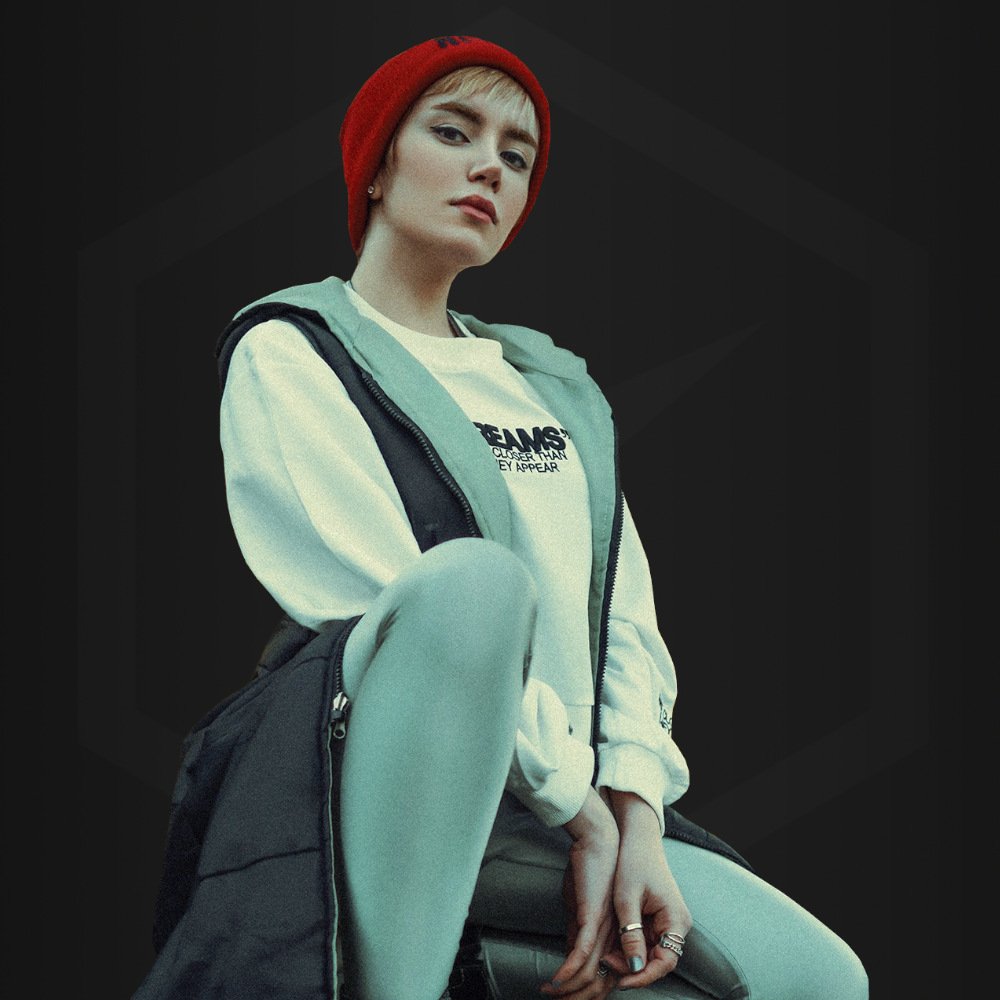How to Match Makeup to Clothes
There's nothing more frustrating than getting all dolled up, only to have your makeup clash with your outfit. Luckily, matching your makeup to your clothes is easier than you think.
It all boils down to color theory and how you use it. So, in this article, we’ll describe some key points that you should pay attention to if you wish to match your makeup to your clothes beautifully.
Pairing Makeup to Clothes Colors
To match makeup to clothes, it is best to pick eyeshadow and blush colors that either complement or contrast your outfit’s main color(s). They should suit your skin tone as well.
For quick and easy results, choose blush colors similar to your skin tone and eyeshadow colors similar to your clothes’ colors without being too contrasting to your skin tone.
Depending on the type of natural coloration you have as a person, the perfect makeup to match your clothes can vary quite considerably.
Here’s a short table as an overview:
| Skin Tone | Clothing Color(s) | Eyeshadow Color | Blush Color |
|---|---|---|---|
| Dark | Bold | Neutral | |
| Dark | Light | Light | Neutral |
| Bold | Neutral / Bold | Neutral / Bold | |
| Dark | Dark | Neutral / Dark | |
| Caucasian / Tan | Light | Neutral / Light | Neutral / Light |
| Bold | Bold | Neutral / Bold | |
| Dark | Dark / Neutral | Neutral / Dark | |
| Light | Light | Light | Neutral |
| Bold | Bold / Neutral | Neutral / Bold |
Obviously, this list isn’t exhaustive by a long stretch. It’s just to give you a quick overview of the situation and provide you with a rough guideline to use.
If you stick to the information in the table, you will rarely go wrong. But let’s get into more detail on the subject so you can make even more precise and accurate decisions when it comes to matching your favorite makeup to your clothes.
This model’s makeup pairs perfectly with her clothing. The red-orange color of the eyeshadow and blush complements the green turtle neck and is repeated in the socks.
Key Guidelines for Matching Makeup to Clothing:
Make sure your makeup contrasts your makeup in a good way.
If your clothes are dark, wear dark makeup. If they’re light or bright, wear light or bright makeup.
Wear makeup and clothes colors that don’t clash with your skin tone and hair color.
When in doubt, stick to neutrals like black, brown, skin, nude, and beige. They always look great with any outfit.
With these guidelines in mind, it’ll be a breeze to match your makeup to clothes. But there’s more. So, let’s get into the details, shall we?
How do You Match Eyeshadow to Clothing?
It's all about color and contrast!
If you're looking to match your makeup – especially your eyeshadow – to your clothing, it's essential to consider the colors involved.
For example, if you're wearing a blue shirt, you might want to stick to shades of blue and blue-green in your makeup. This will help create a cohesive look due to the monochromatic or analogous nature of the colors involved.
Choosing eyeshadow of the same hue as your clothes’ main color makes for a monochromatic look.
Dark and light variations of the blue hue are all part of a monochromatic color scheme.
This always works. Repeating colors in a get-up is (almost) always a good idea. Just remember to make sure that the hue in question actually suits your skin and hair tones. More on that in other articles.
Often, it’s easiest to just repeat your clothing’s main color in your makeup.
Analogous hues for your makeup do the job as well because they are similar enough to your clothing’s hue, yet not too similar.
For example, if you like wearing rose T-shirts, try opting for brick-colored eyeshadow. Brick is a variation of dark red-orange, which is analogous to light red (rose).
Analogous hues are to the left and right of any given hue.
Analogous color schemes create harmony with a slight bit of tension mixed in. They are great for more daring looks.
Alternatively, if you want to mix things up completely, you can try using complementary colors.
Complementary colors are pairs of colors that are opposite each other on the color wheel. For example, blue and orange, or purple and yellow. Using complementary colors can add visual interest to your makeup look.
Complementary hues lay on the opposite side of the color wheel.
Complementary colors are harder to pull off, though. This is because either one of the two colors will most likely clash with your skin tone.
Let’s say you’re wearing a red shirt. Its complementary color is green, so you’d opt for green eyeshadow.
Green eyeshadow would harmonize fantastically with your skin’s pink tone (you tend to have quite rosy cheeks) but the bright red shirt you chose most certainly does not fit the picture.
Wearing red enhances the redness of your skin tone. We describe why and how this happens in our dedicated article here.
There are many more examples of why it’s hard to go with complementary colors when it comes to makeup and clothing. So, if you’re not absolutely sure of what you’re doing, we suggest you stick to monochromatic or analogous color schemes for makeup and clothing.
By the way, there’s a lot to say about matching your eyeshadow to the color of your eyes. Let’s not cover that topic in this article, ok? If you’d like us to write one, though, just click the button below to vote. The more votes we get, the faster we’ll get it done.
Which Blush Color Suits Clothes the Best?
Honestly, it’s less about your clothes and much rather about which skin tone you have.
Blush should be chosen according to skin color and undertones. Matching your blush to your clothes’ colors is secondary.
We have a few great articles on matching clothing colors to your skin tone. Luckily, the rules that apply to clothing colors work similarly for eyeshadow and blush as well.
If you have rather light (even pale) skin, we suggest reading this article. Should you have relatively dark skin, we recommend this one or the one for olive skin. Don’t worry; both links open in a new tab – you’ll preserve your reading progress in this tab.
We’re working on a post on the ideal colors for Caucasian skin. If you’re interested in that, we suggest subscribing to our email prompts (max. 2-3 emails per month) to get notified as soon as it’s published.
Here’s the short rundown on how to match blush to skin tone so that it most likely won’t clash with your clothing’s colors:
Choose a blush that is similar to your skin tone.
If you’re wearing bright or light clothing colors, opt for a blush that lightens your skin tone slightly.
If you’re wearing darker colors, do the opposite of the bullet point above.
The more colorful and stronger your clothes’ colors are, the bolder your blush’s color can be.
When wearing light-colored clothes, go for light-colored makeup as well.
As always, when it comes to pairing colors, it’s about contrast.
Make sure your blush doesn’t stand out too obviously, and it’ll likely blend with the rest of your outfit’s colors beautifully. If you stick to colors that are very similar to your actual skin tone, you’ll get great results easily.
Obviously, the color of your blush still has to fulfill its purpose of contouring. You should always consider this, but let’s not go any further into it in this article.
Though rosy cheeks are cute and all, avoid using too much rouge (which literally means “red” in French) because red doesn’t harmonize well with quite an array of other colors.
By the way, if you’d like to learn more about the topic of blush color specifically and have any open questions, you can leave us an anonymous comment. We’ll do our best to answer all unanswered questions somehow.
Should You Match Your Makeup to Your Clothes?
There's no one definitive answer to this question - it all depends on your personal preference and what look you're going for. However, if you're looking to create a cohesive and pulled-together appearance, matching your makeup to your clothing can be a great way to do that.
Of course, it's important to keep in mind that not all colors of makeup will match every color of clothing. But there is something that’s maybe more important.
So, more often than not, it's a good idea to start by matching your makeup to your skin tone. The clothes will follow naturally.
For example, if you have a light complexion, you'll want to stick with lighter tones of makeup - like pinks, peaches, and corals. Conversely, if you have a darker complexion, you'll want to stick with deeper shades of makeup, like bronzes, plums, and deep reds – even dark blues or greens (for eyeshadow) can do the trick.
Darker eyeshadow and blush on light skin make for a very contrasting look. If done well, this is fine. But most of the time too dark makeup on light skin doesn’t look to flattering.
Once you've matched your makeup to your skin tone, you can start to experiment with different color combinations that match your clothing. Here are a few tips:
For bright and colorful clothing, go with bright and colorful makeup to match.
For earthy and neutral clothing, go with earthy and neutral makeup to match.
For black or dark clothing, go with dark shades of makeup.
For white or light clothing, go with light shades of makeup.
Ultimately, it's up to you whether or not you want to match your makeup to your clothes. However, if you're looking to create a pulled-together appearance, it’s one of the best ways to do so.
Follow our guide at the beginning of this article to learn it all.
Quickly Match Makeup to Clothes Colors
For simplicity, in this article, we only cover two major types of makeup that make up (pun intended) the largest part of facial coloration: eyeshadow and blush.
All the other makeup elements (lipstick, mascara, eyeliner, etc.) are much more for accenting purposes than canvassing. But very similar rules apply to them as well.
When it comes to eyeshadow, there are a few different ways to approach matching it to your clothing. You can go with a monochromatic look, which means using makeup in shades and tints of the same color. This can be a great way to create a subtle, cohesive look.
Alternatively, you can use analogous colors. Analogous colors are colors that are next to each other on the color wheel. For example, green and yellow-green or red and red-orange. Using analogous colors can add a sense of depth to your makeup/clothing look.
Finally, you can use strongly contrasting colors – ideally complementary ones. Complementary colors are colors that are opposite each other on the color wheel. For example, blue and orange, or purple and yellow. Using contrasting colors can add drama to your outfit.
No matter which approach you choose, matching eyeshadow correctly can be a great way to add personality to your outfits. So have fun with it!
When it comes to blush or any other type of makeup that covers large parts of your face, try to stick to your skin’s tones. It’s typically best to avoid overly contrasting blush colors and opt for those that resemble your skin’s natural coloration.
Lean on the lighter side if you’re wearing light clothes, and darker when wearing dark clothing. Bolder, rosier blush works best in combination with brightly colored garments.
Here’s the super short answer to how to match makeup to clothes:
Use a blush that resembles your skin tone and is either darker, lighter, or brighter according to your clothing colors. Choose eyeshadow color to accent your clothes’ main colors. Repeat one of those colors for easy (and excellent) results.
Did you like our article? If so, we’d greatly appreciate a nice Google review. We’re a bit on the slim side when it comes to third-party reviews. Whether you decide to help us out or not, thanks for reading and for your support.
YOU MIGHT LIKE THESE ARTICLES:












